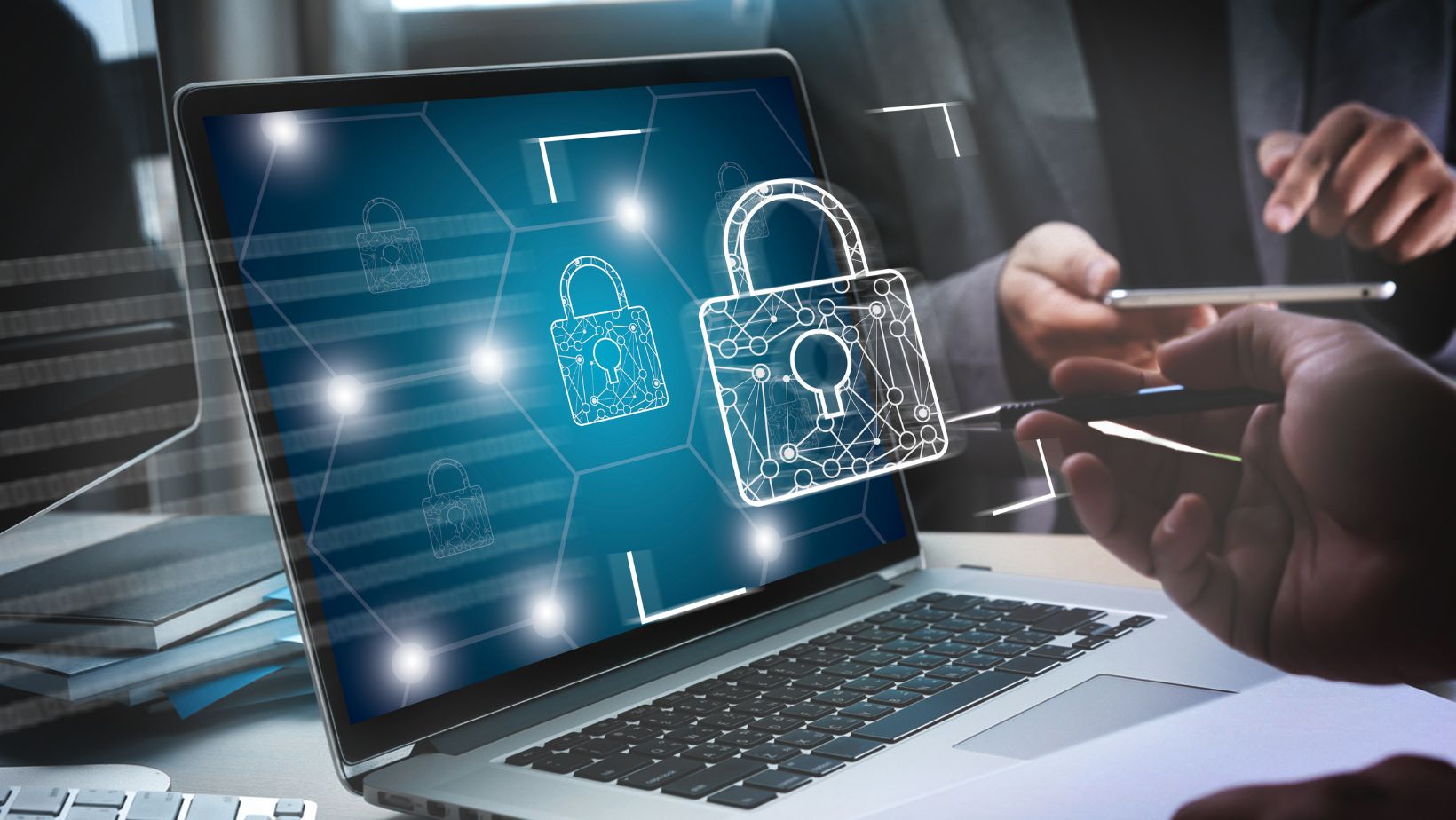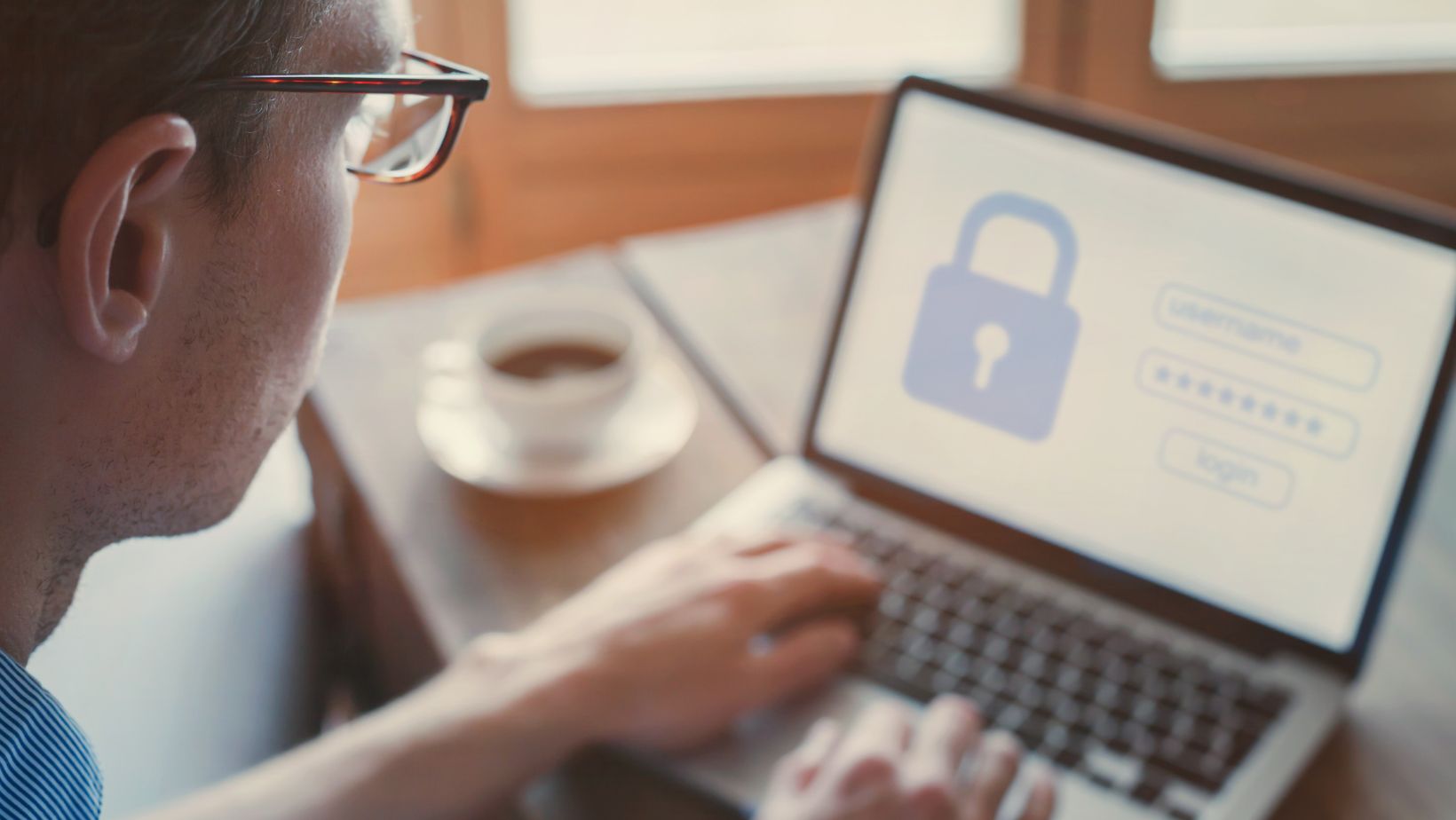The work-from-home model has redefined our thinking about security. Shared home spaces blur the lines between personal and professional life, exposing sensitive data to unexpected risks. Kids on shared devices, unsecured Wi-Fi networks, and even smart appliances could unintentionally create vulnerabilities.
Protecting information isn’t just an IT issue anymore; it’s a household responsibility. This article explores why securing your remote workspace matters now more than ever. Find practical ways to safeguard data in everyday family environments.
Risks of Mixing Work and Family in Shared Spaces
Working from home introduces unexpected security challenges. Sensitive work information can easily be exposed to unintended risks when professional duties overlap with family routines. For example, a shared family computer could allow children to access confidential files or accidentally download malware that compromises data.
Unsecured devices, unmonitored internet activity, and the casual mixing of personal and work accounts increase vulnerability. Even leaving papers out on a dining table could lead to inadvertent breaches.
Family environments often prioritize convenience over security measures. This makes it essential to recognize how day-to-day actions may unintentionally put company data at risk. You can address these risks proactively while balancing professional commitments and home life activities by identifying them early.
Why Home Networks Attract Cyber Threats
Home networks, unlike corporate setups, often lack robust defenses. Cybercriminals see this as an easy entry point to steal sensitive data or disrupt operations.

Your home network can become a soft target without enterprise-grade firewalls or constant monitoring.
Here’s why they’re vulnerable:
● Default router settings remain unchanged in many households, creating weak points hackers exploit.
● Multiple devices, including smart TVs and IoT gadgets, connect to the same network without proper isolation protocols.
● Lack of encryption on personal Wi-Fi networks exposes data transfers during remote work sessions.
Adopting ideal home computer security practices mitigates these risks effectively by emphasizing measures like strong passwords for routers, encrypted connections (VPN), and periodic device audits for vulnerabilities within your home setup.
Securing Your Setup for Remote Work Models
Establishing a secure work environment at home is vital for protecting sensitive information. Start by ensuring your Wi-Fi network uses WPA3 encryption, which offers better protection than outdated protocols. Use devices dedicated solely to work purposes when possible, avoiding shared equipment where personal and professional data can mix.
Regularly updating software on all connected devices helps prevent the exploitation of known vulnerabilities. Multi-factor authentication adds an extra layer of security to accounts containing critical files or emails.
Understanding the best practices for data security goes beyond individual effort – it involves creating habits like logging out from systems after use and avoiding suspicious links in emails or messages. These steps build a strong foundation for working safely while adapting to remote setups effectively.
Involving Families in Remote Data Security
Families play a key role in protecting sensitive work data within shared spaces. It’s easier to minimize risks when everyone at home understands the importance of security. Start by setting clear boundaries between work and personal devices or accounts.
Here’s how families can contribute:
● Teach children about safe internet practices, like avoiding unknown downloads or clicking on suspicious links.
● Create strong household habits, such as using unique passwords for every device connected to the network.
● Limit guest access to your Wi-Fi, especially if visitors are frequently present at home.
You create an environment where remote work remains productive and protected from potential breaches by involving family members early and fostering awareness about their roles in maintaining security.
Protecting Confidential Data at Home
Confidential work data can quickly become vulnerable when handled in shared living spaces. Open areas like dining tables or living rooms often lack the privacy needed for sensitive discussions or documents. Even a casual conversation within earshot of others might unintentionally disclose critical details.

Secure physical storage is essential, such as locked drawers for printed materials. Digitally, using encrypted cloud services ensures files remain inaccessible to unauthorized users even if devices are compromised.
Avoid sharing passwords with household members and log out from systems after use, reducing risks of accidental access. Treat your home workspace as an extension of the office by implementing strict protocols. These habits preserve confidentiality while allowing you to balance professional responsibilities with family life effectively.
Preparing for Future Security Challenges in Remote Work
As remote work continues to evolve, security challenges are expected to grow alongside it. Cybercriminals constantly develop new methods, targeting vulnerabilities unique to home setups. Households need proactive measures like regularly updating software and strengthening network protections to stay ahead.
Future-proofing also involves adopting scalable tools such as VPNs or advanced authentication systems that adapt to emerging threats. Awareness and training remain critical, ensuring everyone at home understands evolving risks.
By prioritizing these strategies now, families can build resilient environments capable of protecting sensitive data well into the future – no matter how work-from-home models shift over time.
